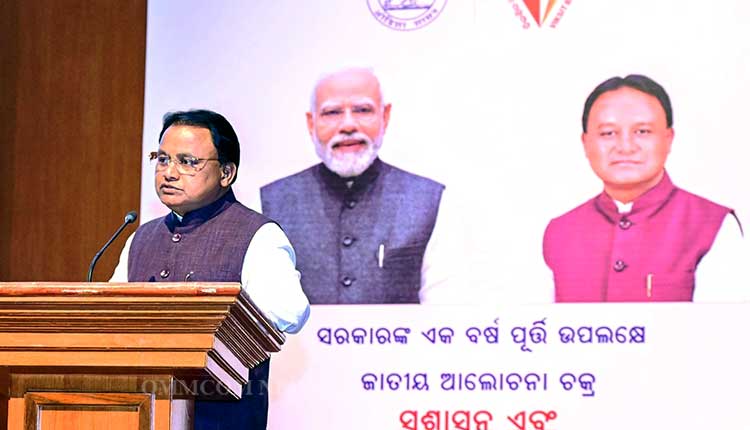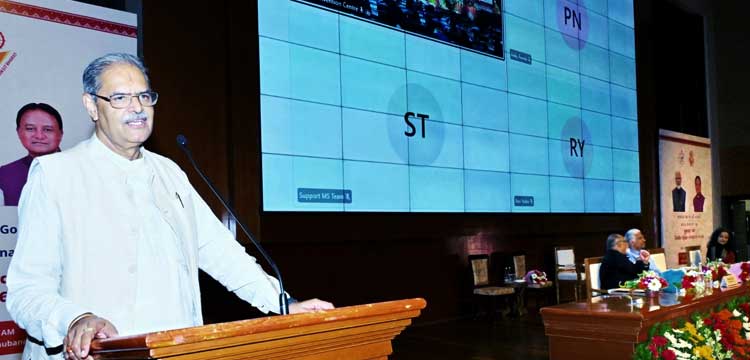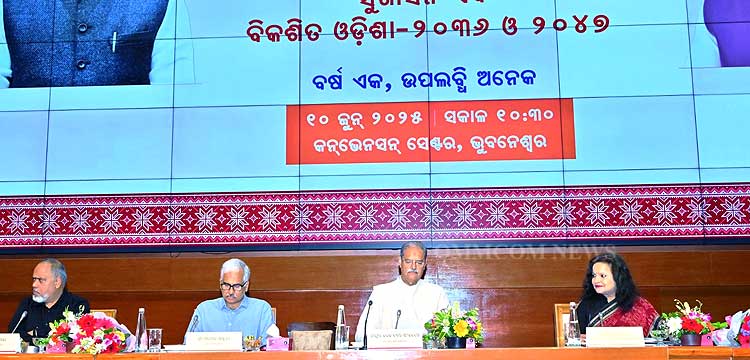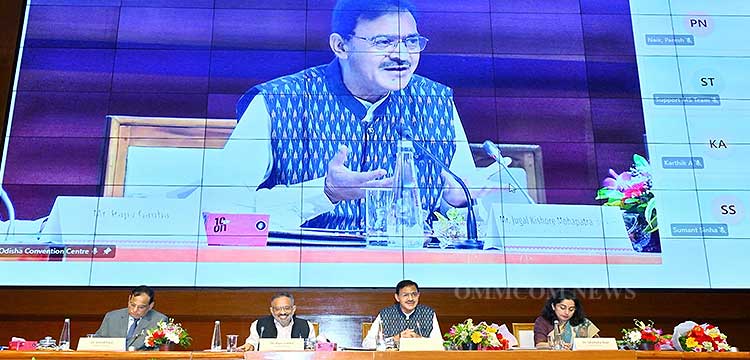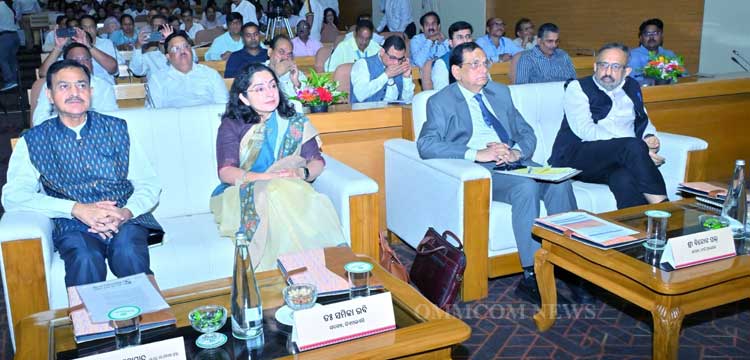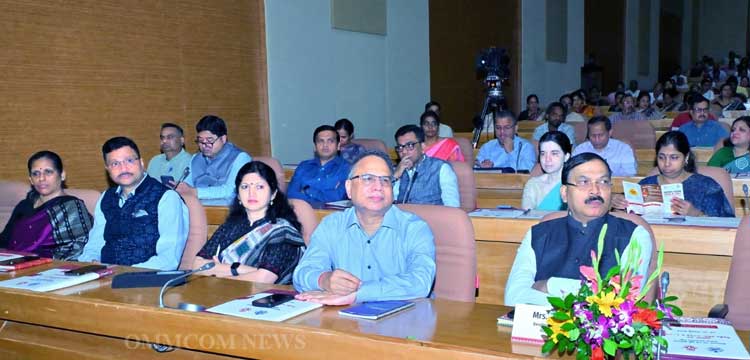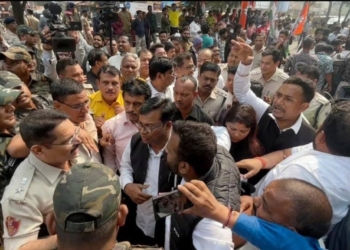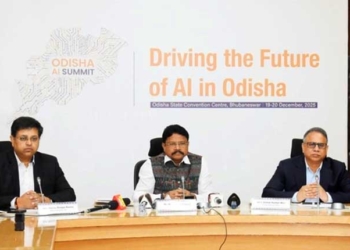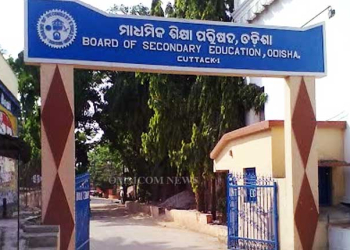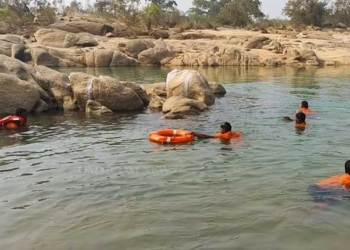Bhubaneswar: Marking the first anniversary of the Mohan Charan Majhi-led state government, a national-level seminar on Good Governance and the Vision for a Developed Odisha by 2036 and 2047 was held at the State Convention Centre in Lok Seva Bhawan, Bhubaneswar on Tuesday.
The event was organised by the General Administration and Public Grievance Department and brought together subject experts, senior administrators, academicians, and industry leaders.
Chief Minister Mohan Charan Majhi formally unveiled the Vision 2036 and 2047 document, calling it a people-driven roadmap that captures the dreams of 4.5 crore Odias. “This vision is not just a plan — it is a campaign to elevate the collective aspirations of Odias to the global stage,” he said. The vision has been shaped through statewide consultations and over 3.2 lakh public suggestions, including from the Odia diaspora.
Majhi contextualised Odisha’s ambitions within the national framework, highlighting 11 years of the Narendra Modi-led central government and the first year of its third term. He credited the Prime Minister’s leadership for transformative reforms — from the abrogation of Article 370 and the GST rollout to social schemes like Ayushman Bharat and the Jan Dhan Yojana — which have laid the foundation for inclusive development.
The Chief Minister stressed that Odisha aims to contribute significantly to the national vision of a developed India by 2047 by transforming into a $500 million economy by 2036. “Achieving double-digit real growth for the next 11 years is ambitious but possible,” he asserted. He added that the state’s economic transition would involve creating jobs in industry and services while maintaining strength in agriculture.
Citing the Utkarsh Odisha–Make in Odisha initiative, Majhi noted that the state attracted ₹17 lakh crore worth of investment proposals in just two days, with plans to skill and employ 13 lakh youth. Infrastructure remains a cornerstone of this vision, with ₹65,012 crore — 6.1% of the GSDP — earmarked in the current budget.
Social development will go hand-in-hand with economic growth, with investments in education, healthcare, women’s empowerment, tribal welfare, and housing. Schemes like the Godabarish Mishra Adarsh Prathamik Vidyalaya and targeted health reforms will address key social indicators. Notably, ₹89,861 crore has been allocated for women’s welfare, and ₹68,881 crore for tribal and SC communities.
The 36 for 36 strategy — 36 priority programs aligned with Vision 2036 — will guide policy execution. The Nabakrushna Choudhury Centre for Development Studies (NCDS) is being developed as a premier socio-economic research institute to support evidence-based policymaking.
Deputy Chief Minister Kanak Vardhan Singhdeo emphasized the importance of energy production, value-added agriculture, and leveraging Odisha’s mineral and coastal strengths to boost employment.
Chief Secretary Manoj Ahuja presented the vision document, while Development Commissioner Anu Garg opened the seminar by outlining its objectives. Additional Chief Secretary Surendra Kumar offered the vote of thanks.
A panel chaired by former Chief Secretary Jugal Kishore Mahapatra featured policy experts and industry leaders including NITI Aayog’s Rajiv Gauba, Apple India’s Virat Bhatia, ReNew CEO Sumant Sinha, economist Dr. Shamika Ravi, and NASSCOM Chair Rajesh Nambiar. They discussed Odisha’s potential in manufacturing, clean energy, digital innovation, health, and inclusive growth.
Participants, including entrepreneurs, policy experts, and citizens, engaged actively in a Q&A session — marking a strong push for participatory governance and shaping a collective roadmap for Odisha’s future.




